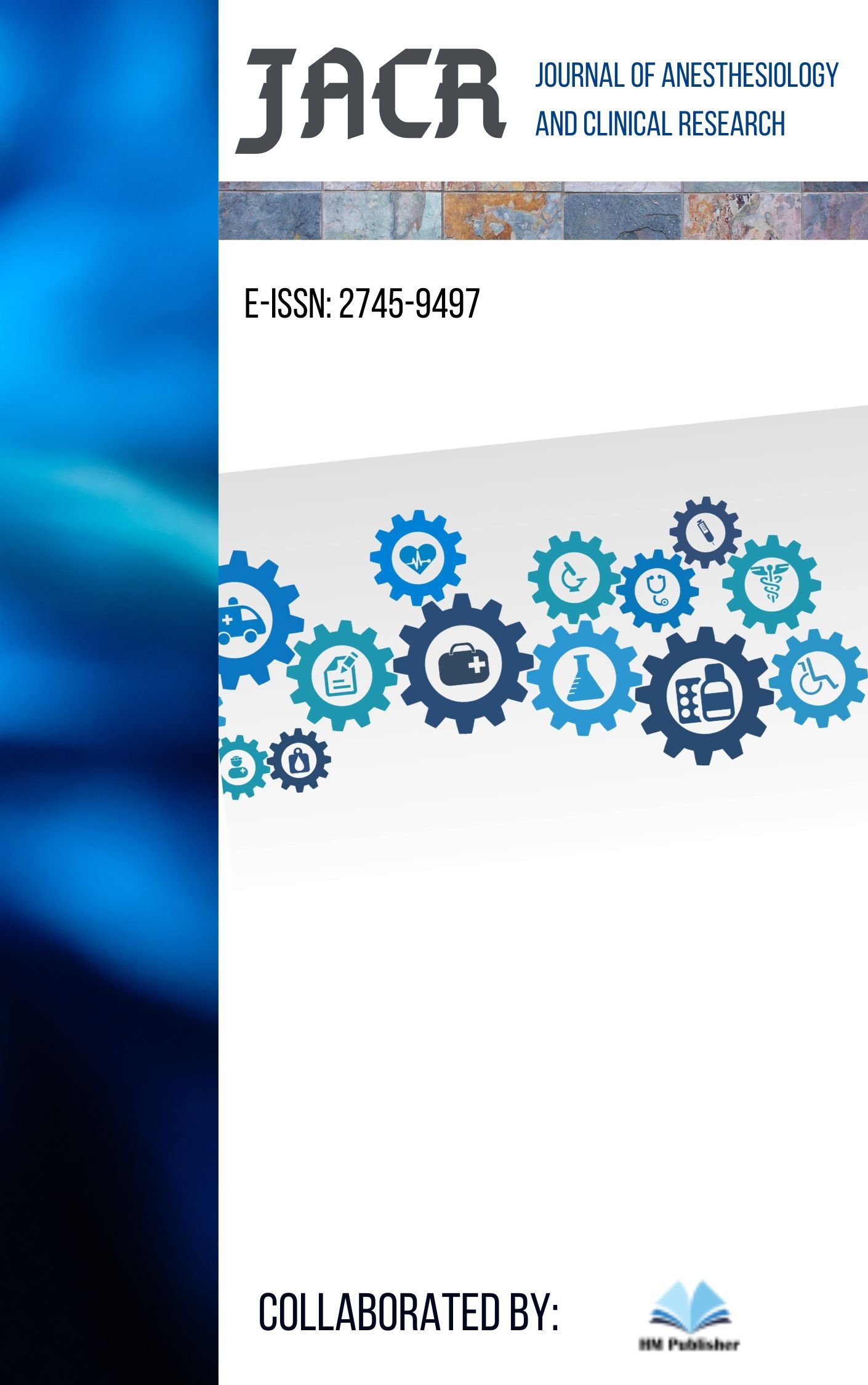Main Article Content
Abstract
Introduction: Postoperative pain and inflammation after major spinal surgery, such as laminectomy, pose significant challenges to patient recovery and contribute to opioid consumption. Ketamine, an N-methyl-D-aspartate (NMDA) receptor antagonist, is proposed to have both analgesic and anti-inflammatory properties, positioning it as a key component of an opioid-sparing strategy. This study aimed to evaluate the clinical efficacy of a specific intraoperative ketamine infusion regimen compared to a continuous micro-dose morphine regimen on early postoperative pain and systemic inflammation.
Methods: This prospective, double-blind, randomized controlled trial included 24 adult patients (ASA I-II) undergoing thoracolumbar laminectomy. Patients were randomly assigned to receive either a continuous intraoperative infusion of ketamine at 10 mcg/kg/minute (n=12) or morphine at 10 mcg/kg/hour (n=12). The primary outcomes were postoperative pain intensity, measured by the Visual Analog Scale (VAS) at 6 and 12 hours, and the systemic inflammatory response, assessed via high-sensitivity C-reactive protein (hs-CRP) levels measured preoperatively and 6 hours postoperatively.
Results: The study groups were comparable regarding baseline demographic and surgical characteristics (p>0.05). At 6 hours postoperatively, the ketamine group reported significantly lower VAS pain scores than the morphine group (mean score of 2.33 ± 0.78 versus 3.83 ± 1.03, respectively; p=0.001). This difference was not maintained at 12 hours (p=0.646). Critically, the surgically-induced increase in hs-CRP was significantly attenuated in the ketamine group, which showed a mean increase of only 1.43 ± 1.04 mg/L from baseline, compared to a much larger increase of 2.88 ± 1.06 mg/L in the morphine group (p=0.003).
Conclusion: An intraoperative ketamine regimen of 10 mcg/kg/minute is more effective at reducing pain in the immediate 6-hour postoperative period and mitigating the systemic inflammatory response than a continuous micro-dose morphine regimen. These findings underscore ketamine's potent dual-mechanism action, targeting both nociceptive and inflammatory pathways, and strongly support its use in multimodal, opioid-sparing protocols for spinal surgery.

